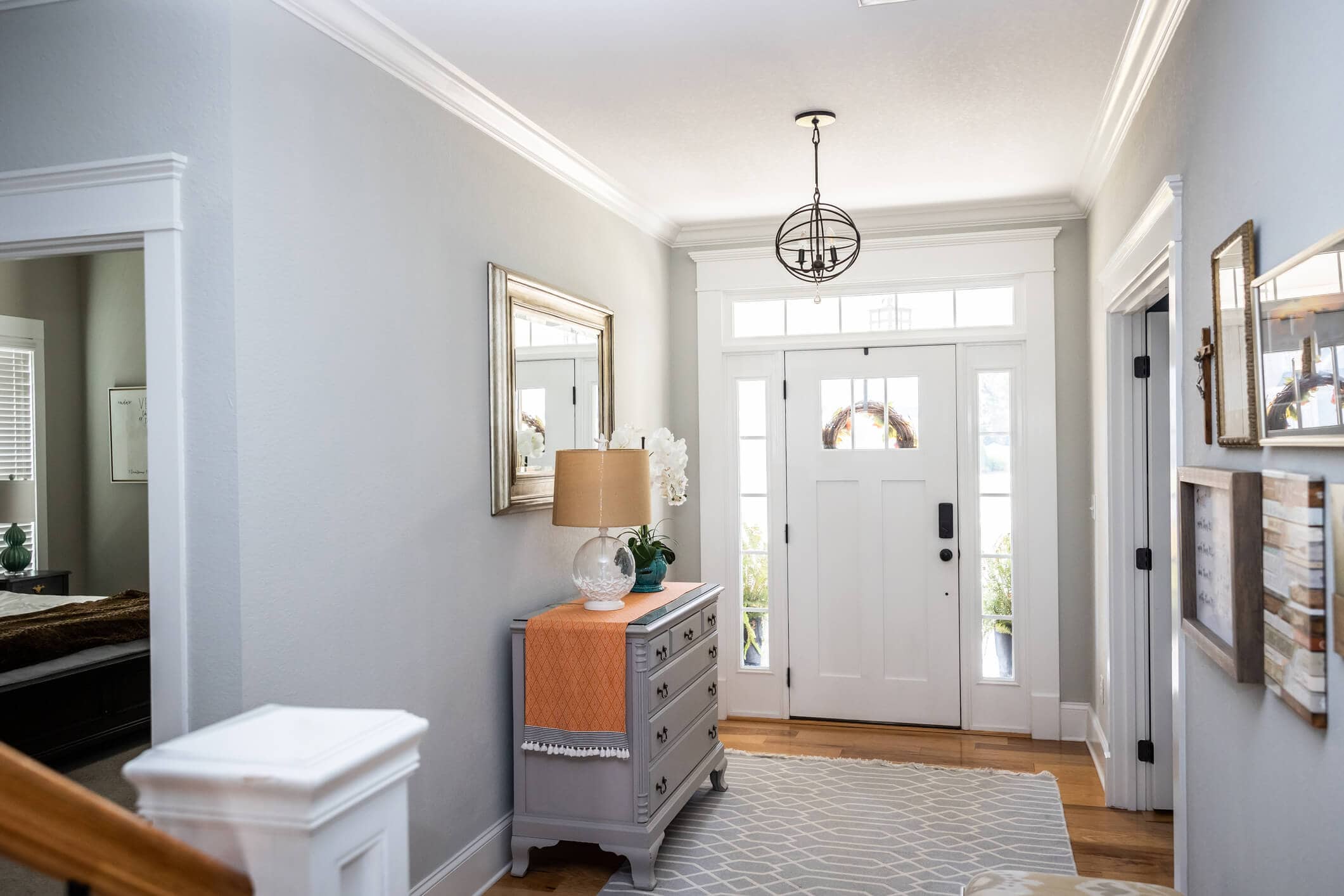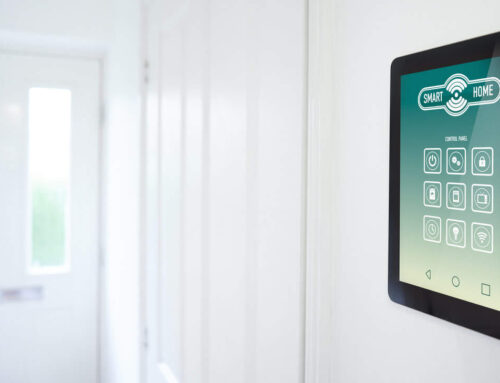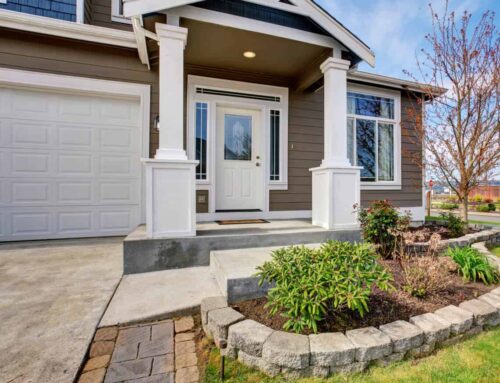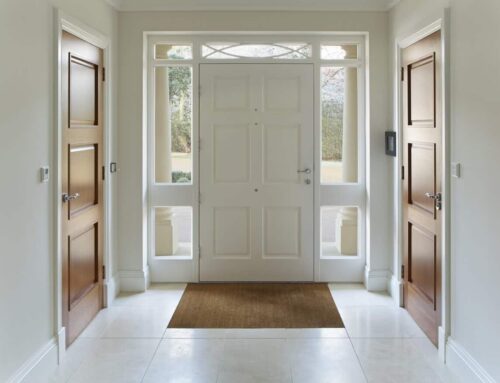
Are you building a new home or replacing the exterior doors on your current home? According to the U.S. Department of Energy, here’s everything you need to know about energy-efficient doors, including what to look for when selecting a new door.
Contents
- 1 Fact 1: New Doors Make a Difference
- 2 Fact 2: A Lot of the Information You Need to Pick a Door Can Be Found On Its Label
- 3 Fact 3: Energy-Efficient Entry Doors Have Higher R-Values
- 4 Fact 4: Glass Is a Poor Insulator
- 5 Fact 5: Quality Professional Installation is Essential
- 6 Exterior Doors and Energy Efficiency: The Essentials
Contents
- 1 Fact 1: New Doors Make a Difference
- 2 Fact 2: A Lot of the Information You Need to Pick a Door Can Be Found On Its Label
- 3 Fact 3: Energy-Efficient Entry Doors Have Higher R-Values
- 4 Fact 4: Glass Is a Poor Insulator
- 5 Fact 5: Quality Professional Installation is Essential
- 6 Exterior Doors and Energy Efficiency: The Essentials
Fact 1: New Doors Make a Difference
New exterior doors are made with energy-efficient materials that fit and insulate better than older doors. Even if you bought the most energy-efficient entry doors when you built your home 20 years ago, they can’t compare to the exterior doors (and patio doors) on the market today.
Also, every home settles over time, which means that the doors installed decades ago do not fit as well as when they were first installed.
You’ll notice a difference in your energy bills when you install a new door – how much you save depends on many factors.
Fact 2: A Lot of the Information You Need to Pick a Door Can Be Found On Its Label
The Energy Star label will help you identify energy-efficient products for your specific climate.
In addition, the National Fenestration Rating Council (NFRC) label will help you compare the energy performance ratings of doors. You’ll learn each product’s solar heat gain coefficient (SHGC) and U-factor from this label.
SCGC measures how well a door keeps out solar heat. If you live in a warmer climate, look for a lower SHGC number. Inversely, you can look for a higher SHGC number if you live in a colder climate.
The NFRC measures U-factors to show how well the door keeps in heat. (The lower the U-factor, the better the door keeps in heat.)
Fact 3: Energy-Efficient Entry Doors Have Higher R-Values
R-Value is a measure of thermal efficiency. The higher the R-value, the greater the insulating properties of the door.
The R-values of most steel entry doors (and fiberglass doors) range from R-5 to R-6, excluding a window. These doors have a steel skin with a polyurethane foam insulation core.
Fact 4: Glass Is a Poor Insulator
Single-pane patio doors lose much more heat than other doors because glass is a poor insulator. Look for sliding patio doors with several layers of glass, low-emissivity coatings, and low-conductivity gasses between the glass panes when replacing a patio door in your home.
According to the Department of Energy, swinging patio doors generally have a tighter seal than sliding doors. You can confirm this by examining the NFRC labels for air leakage ratings.
Fact 5: Quality Professional Installation is Essential
Energy-efficient patio doors and entry doors perform better when they are professionally installed. If you are serious about improving energy savings, contact Woodbridge Home Solutions.
Woodbridge Home Solutions sells high-quality, Energy Star-certified front doors and storm doors in Texas, Oklahoma, and Kansas. We offer energy-efficient glass options, essential when purchasing sliding glass or French doors. And our installers are the best in the business. Contact us today to learn about installing energy-saving doors in your home.
Act now! Tax credits may be available if you complete your door replacement project by the end of the year.
Exterior Doors and Energy Efficiency: The Essentials
- Energy-efficient doors cut down on energy costs.
- Look for an Energy Star label to find your region’s most energy-efficient choice of exterior doors.
- THE NFRC label also offers valuable information about a door’s energy efficiency.
- If you are buying a mostly glass door, make sure you buy the most efficient glass on the market.
- A professional should install your home’s exterior doors.







